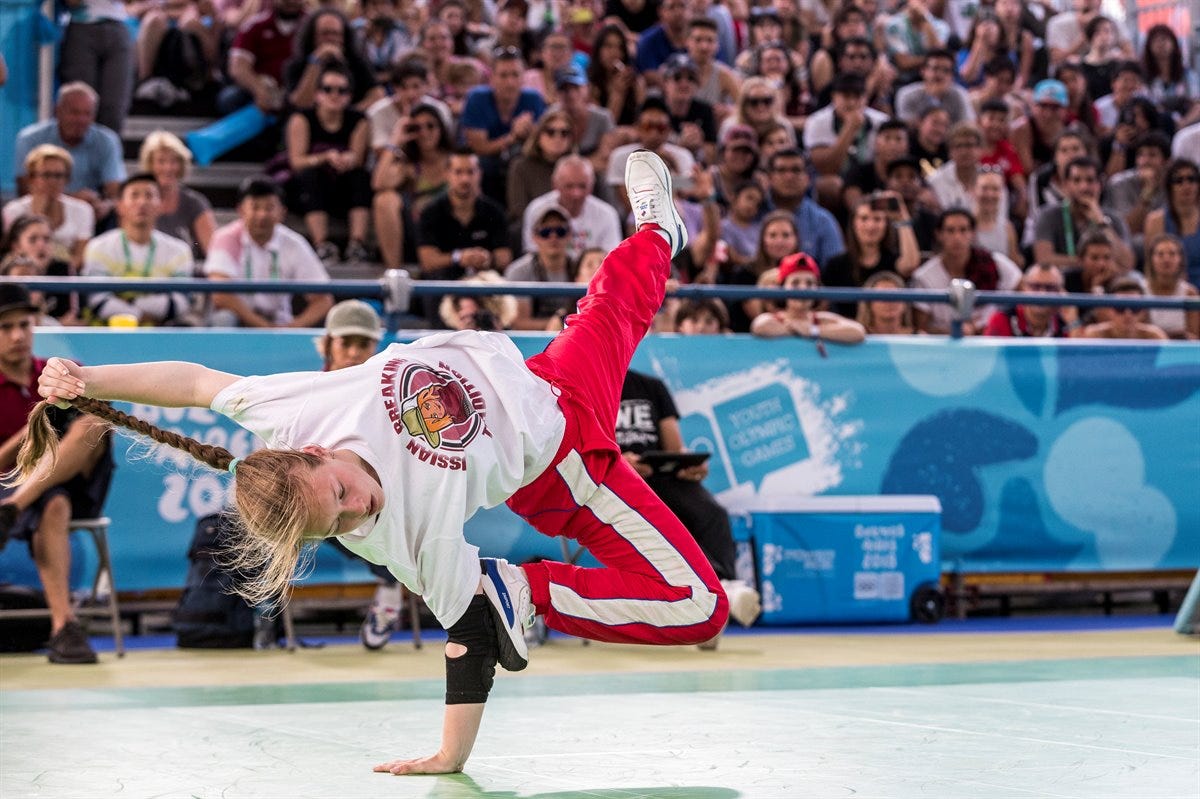Understanding the Olympic Breaking Schedule: Olympics Breaking Schedule

The Olympic breaking schedule is a crucial aspect of the Games, dictating the order and timing of breaking competitions. It ensures that athletes have adequate rest and preparation time between rounds, while also providing spectators with a dynamic and engaging viewing experience.
History of Breaking in the Olympics
Breaking, a dynamic and expressive dance form, has its roots in the Bronx borough of New York City during the 1970s. It gained immense popularity as a street dance, and its inclusion in the Olympics reflects its evolution into a recognized sport. The inclusion of breaking in the Olympic Games is a testament to its global reach and the recognition of its athleticism, artistry, and cultural significance. Breaking was officially included in the program for the 2024 Paris Olympics, marking a historic moment for the sport. This inclusion is expected to further popularize breaking globally, attracting a new generation of athletes and enthusiasts.
Analyzing Key Aspects of the Breaking Schedule

The Olympic breaking schedule, as with any sporting event, plays a significant role in athlete performance and overall competition dynamics. Analyzing the schedule’s impact on various aspects of the sport allows for a deeper understanding of its implications on the athletes, the competition itself, and the sport’s future.
Impact on Athlete Performance
The breaking schedule directly impacts athlete performance by influencing their training routines, recovery time, and overall mental and physical preparation.
- Training and Preparation: The schedule dictates the time athletes have available for training and preparation leading up to the competition. A compressed schedule with limited time between events might require athletes to adjust their training programs, focusing on specific skills and physical conditioning that are crucial for their performance in the given time frame.
- Recovery Time: Adequate recovery time is essential for athletes to avoid injuries and maintain peak performance. A schedule with back-to-back competitions or a high frequency of events can significantly impact recovery time, potentially leading to fatigue, muscle soreness, and increased risk of injuries.
- Mental and Physical Preparation: The schedule also influences athletes’ mental and physical preparation. A longer schedule allows for a more gradual build-up of pressure and allows athletes to adjust to the competitive environment. A condensed schedule, on the other hand, might create a more intense and stressful experience, demanding athletes to perform at their best under pressure with limited time for adaptation.
Comparison with Schedules of Other Olympic Sports
The breaking schedule differs from schedules in other Olympic sports in several key aspects.
- Event Duration: Breaking competitions are typically shorter in duration compared to sports like swimming or track and field, where events can last for hours or even days. This shorter duration allows for a higher frequency of events within a single day, impacting the overall schedule structure.
- Event Frequency: The breaking schedule features a higher frequency of events compared to some other Olympic sports. This means athletes might have to compete multiple times within a short period, demanding a higher level of physical and mental endurance.
- Competition Format: The breaking competition format, with its emphasis on improvisation and creative expression, presents unique challenges compared to more structured sports with predefined rules and strategies. This requires athletes to be adaptable and able to perform under pressure with limited time for preparation.
Challenges and Opportunities Presented by the Schedule, Olympics breaking schedule
The breaking schedule presents both challenges and opportunities for the sport’s development and future.
- Challenges:
- Athlete Fatigue and Injury: A high frequency of events and limited recovery time can lead to increased athlete fatigue and risk of injury. This can potentially impact the overall quality of competition and athlete well-being.
- Limited Time for Preparation: A compressed schedule can limit the time athletes have for preparation, potentially affecting their ability to perform at their best. This can be particularly challenging for athletes who require specific training regimens or mental preparation techniques.
- Balancing Competition and Recovery: Finding the right balance between competition and recovery is crucial for athlete performance and longevity. The schedule needs to be designed to allow for adequate rest and preparation, while also ensuring a dynamic and engaging competition experience for the athletes and spectators.
- Opportunities:
- Increased Exposure: A schedule that allows for a higher frequency of events can potentially increase exposure for the sport, attracting more viewers and potential participants. This can be a key factor in driving the sport’s popularity and growth.
- Innovation and Creativity: A shorter schedule can encourage innovation and creativity among athletes, as they have limited time to showcase their skills and impress the judges. This can lead to a more dynamic and exciting competition format.
- Developing New Talent: A more frequent schedule can provide opportunities for younger and less experienced athletes to gain exposure and compete at a higher level. This can contribute to the development of new talent and the overall growth of the sport.
Olympics breaking schedule – It’s always exciting to see athletes break records at the Olympics, and this year is no exception. With so many incredible performances, it’s hard to keep up with the schedule, especially when you’re also trying to follow the news about Minnesota Governor Tim Walz and his latest initiatives.
But with a little planning and some dedication, you can stay on top of all the action and enjoy every thrilling moment of the Games.
The Olympics are a global event, and their schedule is often subject to change, especially in light of unforeseen circumstances. The recent covid surge has impacted many sporting events, including the Olympics, forcing organizers to adapt and make adjustments to ensure the safety and well-being of athletes and spectators.
As a result, the Olympics breaking schedule has become a regular occurrence, highlighting the need for flexibility and resilience in the face of evolving situations.